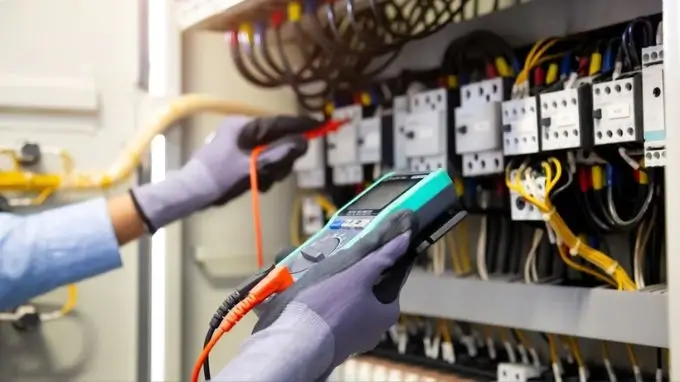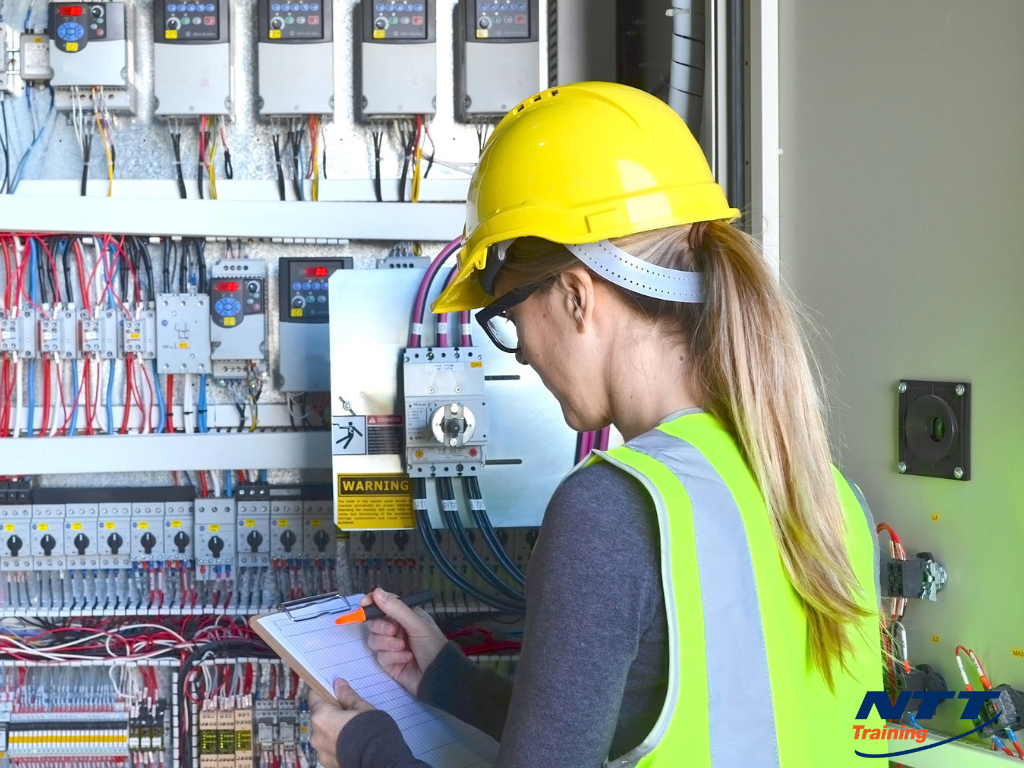Leading Tips for Effective Electric System Troubleshooting
Fixing electrical systems needs a systematic strategy, based in an extensive understanding of electric principles and safety methods. The nuances of reliable troubleshooting prolong beyond simple technological expertise; recognizing exactly how to record searchings for and prioritize safety and security can dramatically affect results.
Understand the Essentials
Understanding the fundamentals of electrical systems is essential for reliable troubleshooting, as a solid structure permits service technicians to detect and solve issues more effectively. A thorough grasp of electrical principles, such as voltage, present, resistance, and power, is crucial in recognizing the source of problems. Voltage is the electric prospective distinction that drives existing via a circuit, while resistance opposes the circulation of existing, influencing the overall performance of the system.
Knowledge with circuit components, consisting of resistors, capacitors, diodes, and switches over, is likewise extremely important. Each component plays a distinct role in circuit behavior and can impact performance when malfunctioning. Furthermore, recognizing series and identical circuit setups is essential, as these arrangements influence the circulation of voltage and existing within the system.
Technicians need to be conscious of prospective risks, such as shock and brief circuits, to execute risk-free troubleshooting methods. By mastering these foundational ideas, specialists enhance their capability to carry out reliable diagnostics and repair services, inevitably leading to enhanced efficiency and reliability of electrical systems (electrical system troubleshooting).
Gather Necessary Equipment
Efficient troubleshooting of electrical systems calls for the best collection of tools to identify and deal with concerns accurately. A well-equipped professional can significantly boost performance and efficiency in recognizing troubles. Crucial devices consist of a multimeter, which determines voltage, existing, and resistance, permitting exact assessments of electric components. Clamp meters are additionally beneficial for gauging existing without detaching the circuit, guaranteeing security and benefit.
Additionally, shielded hand tools such as screwdrivers, pliers, and wire pole dancers are important for safely adjusting electrical links. It is also advisable to have a circuit tester handy to confirm the presence of voltage in electrical outlets and cords. For more complicated systems, a thermal imaging cam can assist find overheating parts, indicating potential failures.

Comply With an Organized Strategy
Having gathered the appropriate tools, the next action in repairing electric systems is to comply with a systematic strategy. A systematic strategy makes sure that technicians can identify mistakes successfully and precisely, minimizing downtime and preventing unnecessary repair work.
Begin by examining the system's schematic layouts and specifications. Recognizing the layout and functional criteria will certainly supply context for detecting problems. Next, isolate the issue area by utilizing a procedure of removal. This involves monitoring each component methodically, beginning with the power source and functioning in the direction of the tons.
Use screening devices, such as multimeters and oscilloscopes, to gather unbiased data regarding voltage, current, and resistance at different factors within the system. This empirical evidence will certainly lead your troubleshooting efforts and help to verify or get rid of potential root causes of failure.
In addition, think about ecological factors that may affect the system's efficiency, such as temperature changes or wetness ingress. An extensive inspection of circuitry, connections, and elements will certainly make certain that all opportunities are made up.
Record Your Findings
Thorough documentation is important in the troubleshooting process of electric systems. Accurate documents improve the effectiveness of recognizing recurring issues and facilitate interaction amongst staff member. Each searching for needs to be diligently noted, consisting of signs and symptoms observed, examinations performed, and the results of those examinations. electrical system troubleshooting. This method not only help in recognizing the origin of the issue yet likewise acts as a reference for future fixing efforts.

Additionally, keeping a log of components replaced or repairs done is indispensable. This info supports stock monitoring and can assist analyze the durability and integrity of specific parts.
Ultimately, the paperwork procedure need to be complete yet succinct, making it possible for easy access and evaluation - electrical system troubleshooting. By prioritizing thorough paperwork, specialists can produce a useful data base that not only help in present troubleshooting however also equips future upkeep initiatives, therefore improving total system integrity

Prioritize Safety And Security Actions
Identifying the fundamental dangers connected with electrical systems is important for ensuring safety and security during troubleshooting. Electrical shock, burns, and tools damage are just a few of the potential dangers that technicians encounter. Prioritizing safety actions is not only a lawful obligation however likewise a moral necessary that safeguards both the technician and the surrounding atmosphere.
Before starting any kind of troubleshooting job, service technicians must wear suitable individual safety tools (PPE), consisting of protected handwear covers, shatterproof glass, and flame-resistant garments. Making certain that the workplace is completely dry and without clutter can dramatically lower the threat of crashes. It is essential to de-energize circuits prior to beginning any work, verifying that they are not live through the usage of a multimeter or voltage tester.
Developing clear interaction protocols with group members is additionally crucial; this makes certain that every person understands potential hazards and the status of the electrical system being serviced. you could try here Having an emergency situation action plan in location can prove important in the event of an event. By focusing on security steps, specialists can efficiently mitigate risks and promote a much safer work environment.
Conclusion
Efficient electrical system troubleshooting counts on a thorough understanding of fundamental principles and a methodical approach. Focusing on safety and security procedures makes certain the wellness of individuals included and the honesty of the electrical system.